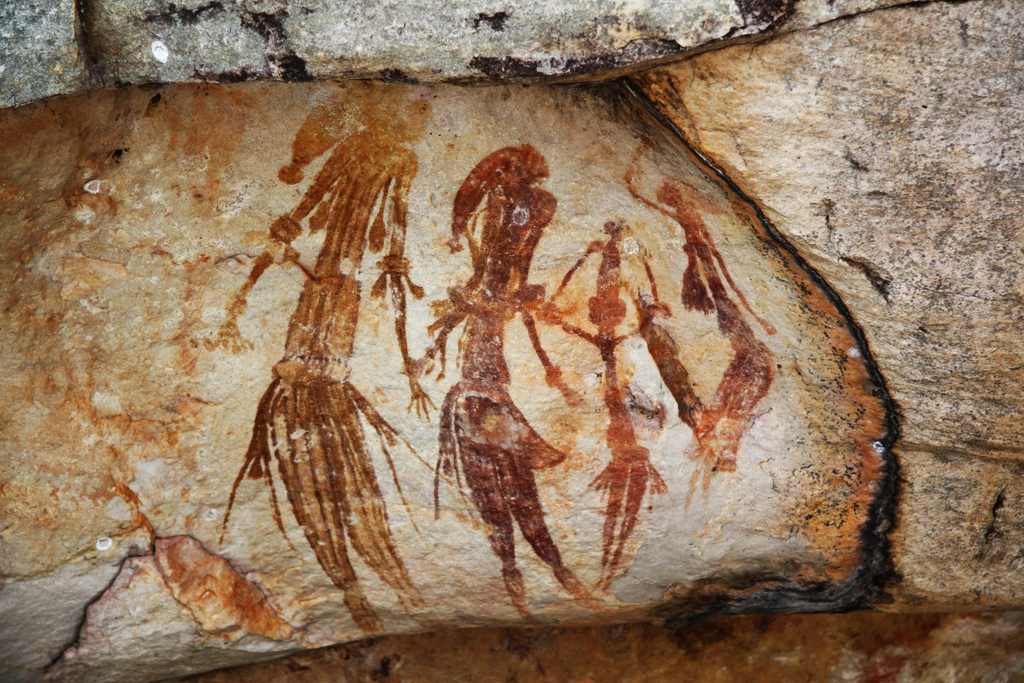Intrusive and Extrusive volcanic landforms Upsc
Volcanic Landforms The landform formed due to volcanic eruptions is divided into extrusive and intrusive landforms. This is based on the magma, that cools within the crust or above the crust. Intrusive landforms are formed under the surface of the earth when the magma cools and gets solidified. Extrusive landforms are formed when the magma … Read more








You must be logged in to post a comment.